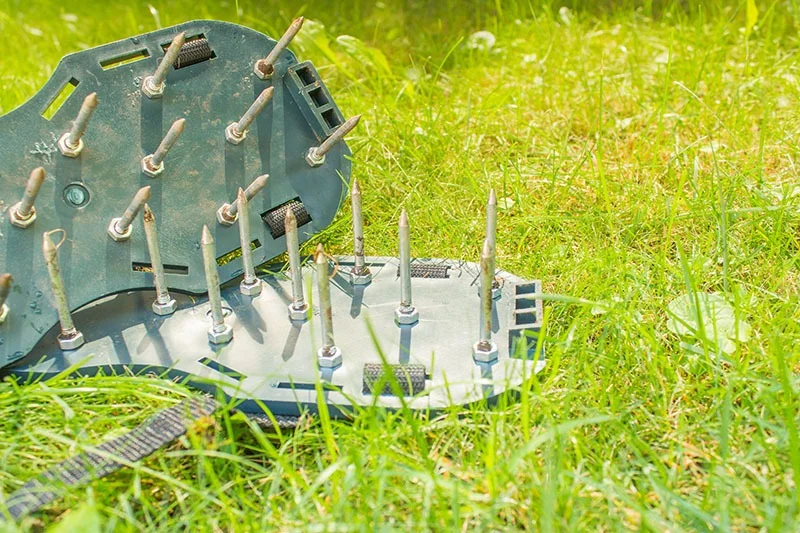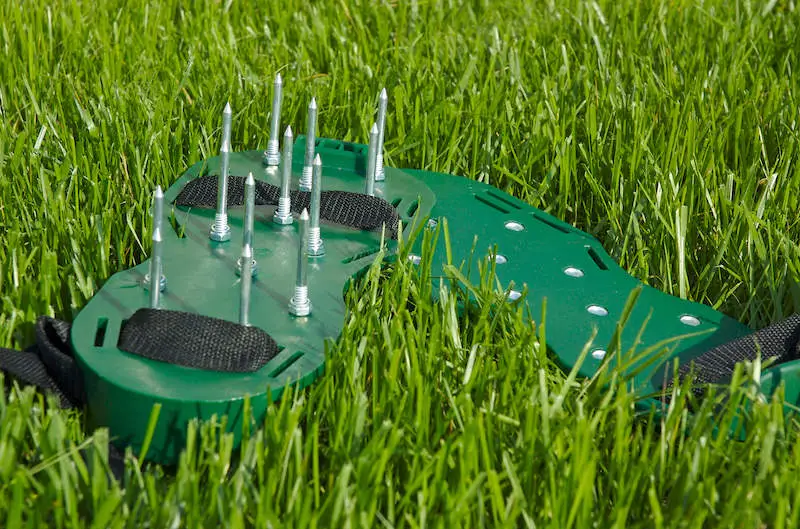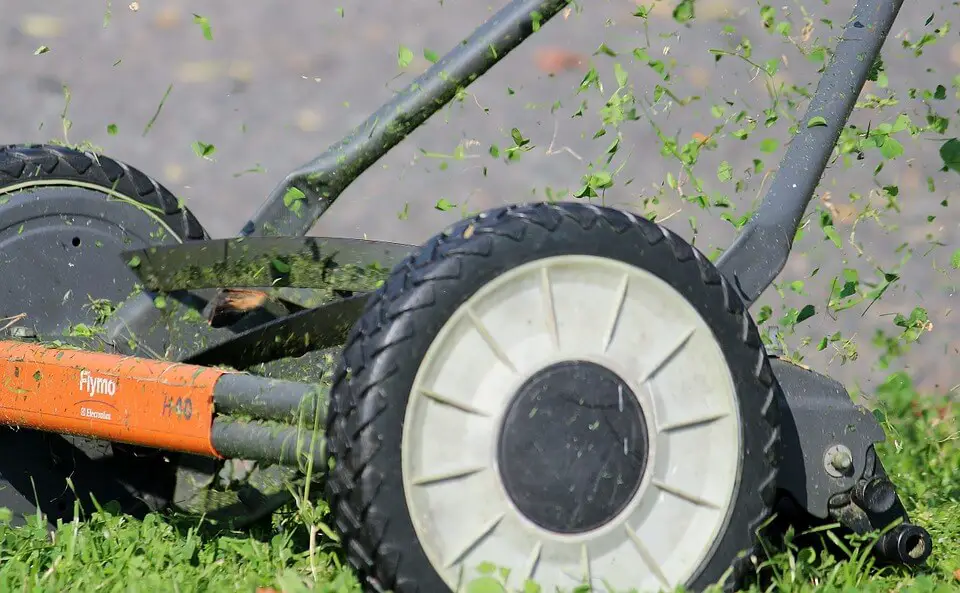Tips On How To Cut Grass Properly
Last Updated on May 26, 2025 by Duncan
While almost every homeowner has grass on their lawns, they usually don’t know how to cut grass properly. This not only results in them damaging their lawns, it also results in them having ugly lawns all year long.
Do you want to have a beautiful lawn? You need to know how to cut the grass properly. The cool thing is that there are plenty of tips that you can follow for you to do it. Some of these tips include:
Stick to the 1/3 rule
If you have been researching tips on how to cut the grass, you must have come across this tip. It means you should never remove more than 1/3 of the grass blade length at any given time.
If you have a healthy lawn, it can survive an occasional close cut, but when you repeatedly mow the lawn too close to the grass, you end up with brown grass which brings about a number of side effects that include:
- Risk of soil compaction
- Injury to the crown. This is the area where new growth occurs. It’s also the area where nutrients are stored.
- Increased vulnerability of the grass to pests and diseases
- Reduction of the surface area of the blade. When the surface area is reduced, the blade surface is insufficient to produce food via photosynthesis.
- A lot of sunlight reaches the weeds, provoking them to germinate. The end result is a lot of weeds in your yard.
- Risk of soil compaction
Other valuable grass cutting tips
Mow when the grass is dry. At this time the blades are upright and less likely to clump when you cut them.
While you should cut the grass when the grass is dry, avoid mowing in the heat of the day. This is to prevent heat stress on the grass and yourself.
When mowing, always change the mowing pattern. You should note that grass tends to develop a grain-based on your cutting direction. In most cases, the grass leans towards the direction you mow.
The purpose of alternating the pattern is to cause the grass to grow in a more upright manner. This prevents the grass from producing ruts in the lawn.
Alternating the pattern doesn’t mean you should mow in a weird way. Regardless of the pattern you are mowing in, always mow when moving forward.
Unless the grass clippings form rows or clumps, you should leave them on the lawn after cutting.
This process is known as grasscycling and its purpose is to return the nutrients and nitrogen back to the lawn. As a result, you don’t need to undertake a lot of fertilization.
To make your work easy and achieve maximum results, consider using a mulching mower. You can also use mulching attachments to achieve your purpose.
Don’t you like the look of grass on your lawn? No problem. You can always bag the clippings. The easiest way of bagging the clippings is by using high lift mower blades. When you bag the clippings, consider composting them.
Are you mowing around shaded areas? Mow a little higher. This is because, in these areas, the grass competes with tree roots for water and other nutrients. This means that the grass doesn’t grow as fast as the one growing in unshaded areas.
Reduce the mowing frequency and whenever you are mowing, raise the mowing height when mowing during the cool-season grasses when it’s hot. This is because dry weather slows the growth rate of the grass.
Do you have newly-seeded grass? You should note that the grass needs three to four weeks for it to get established after germination before you mow it for the first time. New grass blades are tender and you can easily damage them.
If you have just planted new grass, wait until the grass is at least ¾ inches tall. It’s only after it has reached this height that you should go ahead and mow it.
Use the right lawnmower. One of the things you should do is to ensure that the lawnmower has high quality, properly sharpened blades. The last thing you want is a mower that causes more harm to your lawn than good.
When mowing, be cautious of your safety. As a rule of thumb, never refuel the lawnmower while still hot. You also should avoid mowing when there are pets or children around. Remember that stones and other materials can be thrown by the machine.
Once you are done with the mowing, always clean the lawnmower and its blades. Dirty blades not only fail to give your lawn the look it deserves, they are also breeding grounds for microorganisms which speeds up their degradation.


